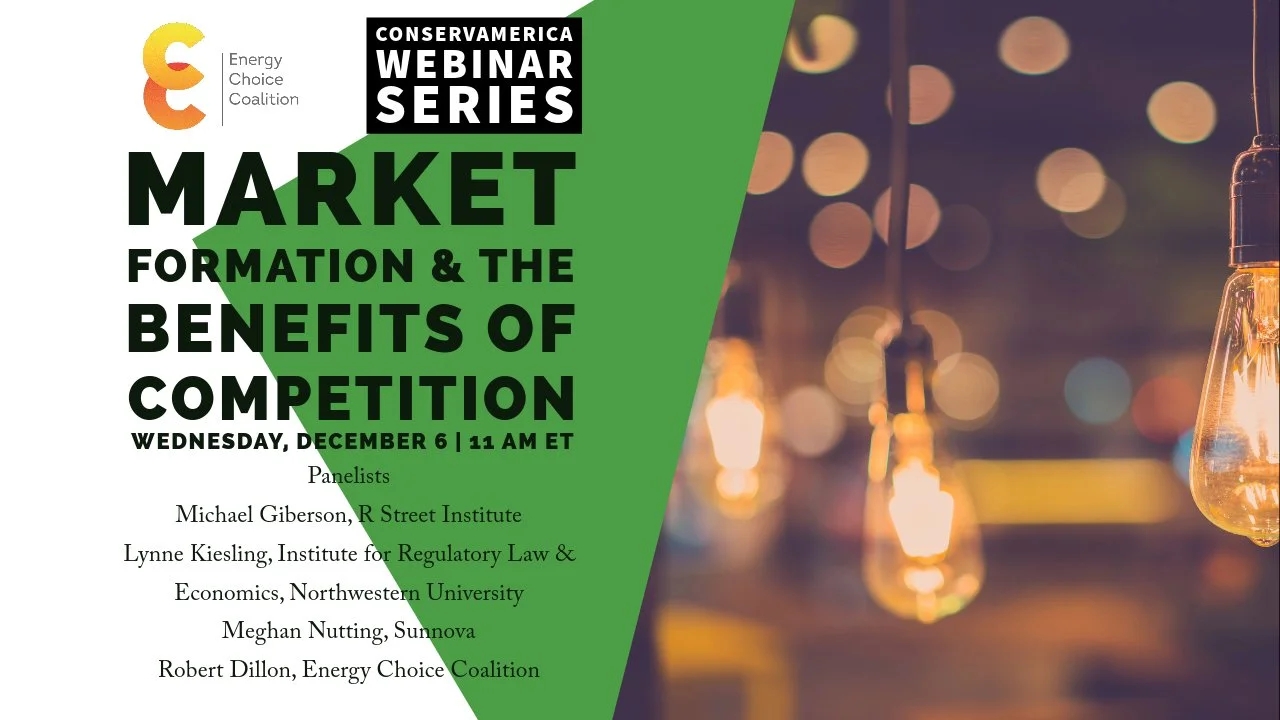The pandemic has been exceptionally difficult for U.S. clean energy. Nearly 600,000 clean energy workers have lost their jobs since March, and now the industry has a new problem—rent is due.
The Bureau of Land Management (BLM) has responsibly approved more than 11,000 megawatts of clean energy projects on federal land. And in 2018, the U.S. Department of the Interior decided to stop charging rent on these projects in response to company complaints that the previous administration had raised the rent too high compared to rent on private property.
















